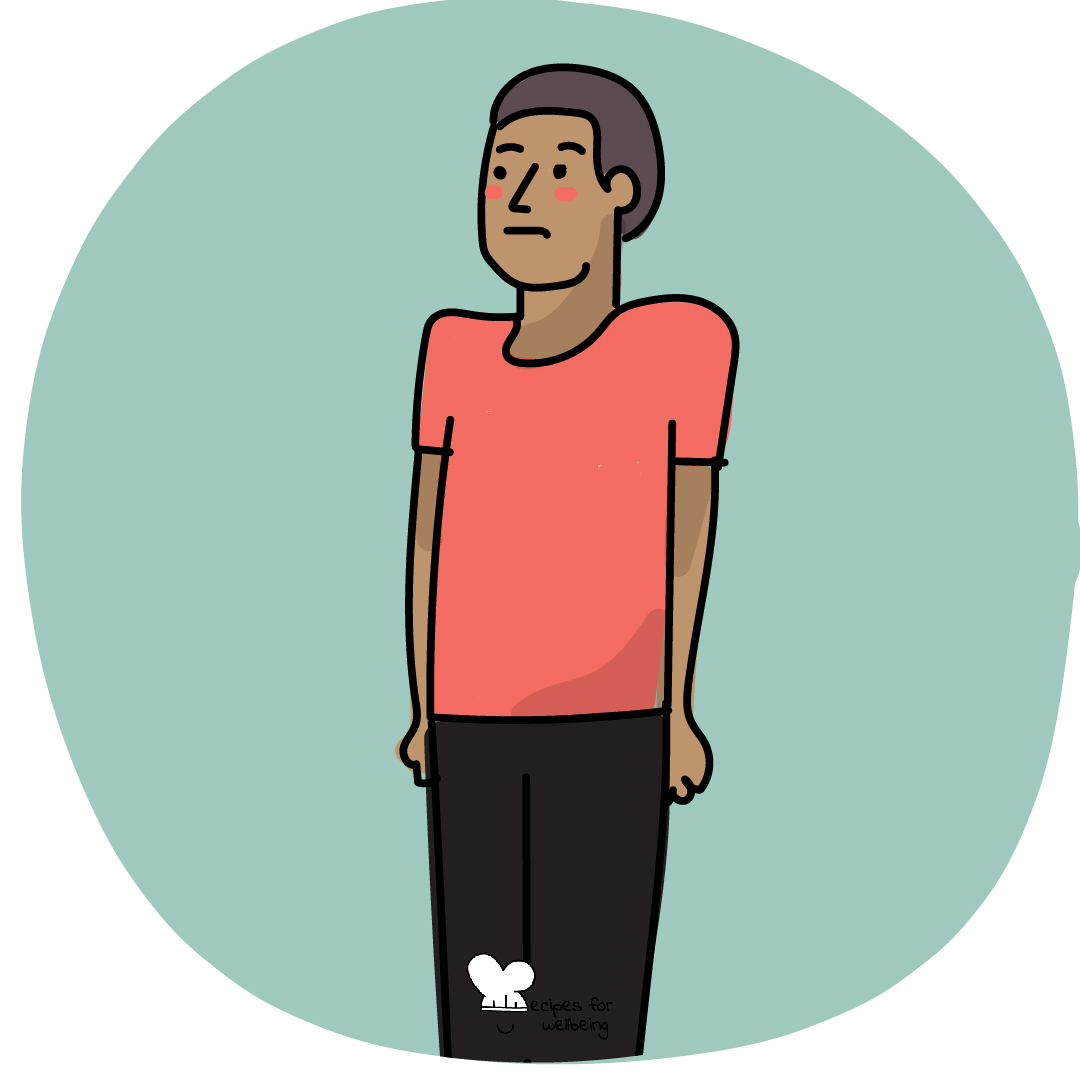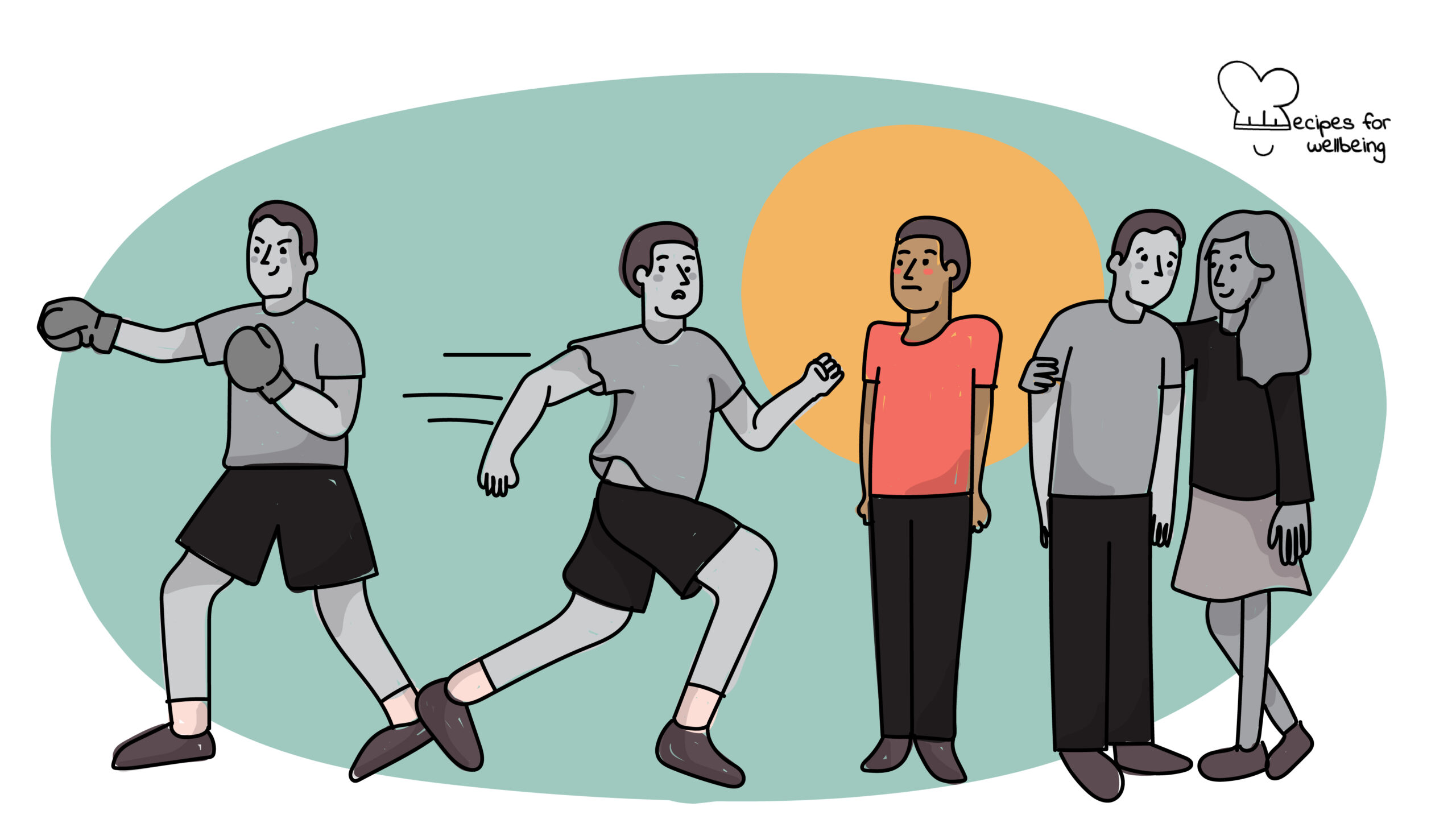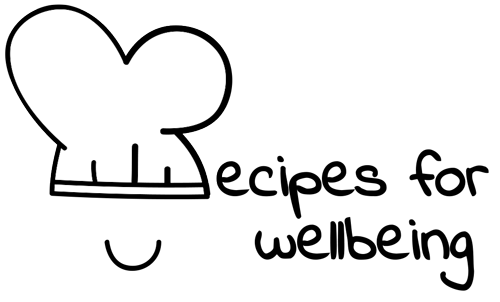
Managing the freeze response
Freeze happens when the brain assesses the threat and decides you’re too slow to run and too small to fight, and so your best hope for survival is to “play dead” until the threat goes away or someone comes along to help you. Freeze is your last-ditch stress response, reserved for threats that the brain perceives as life-threatening, when fight or flight don’t stand a chance. ―Emily Nagoski
👥 Serves: 1 person
🎚 Difficulty: Hard
⏳ Total time: Ongoing
🥣 Ingredients: Safety, self-awareness, “Managing the freeze response: Dissociation, emotional shutdown, and creating safety” Being Well podcast episode (if you’re curious to find out more about it!)
🤓 Wholebeing Domains: Awareness, Discomfortability, Liberatory Learning
💪 Wholebeing Skills: Agency, Autonomy, Liberation, Perspective, Self-awareness, Self-regulation, Stress management

Managing the freeze response
📝 Description
Tips to shift from maladaptive to adaptive freeze response.
This recipe is one of four dedicated to the topic of stress responses, looking specifically at the fight response. In a nutshell, a stress response is a way in which you can respond to stress in life. You might be familiar with the first three as the fourth one is newer:
- Fight response: You can fight it.
- Flight response: You can run away from it.
- Freeze: You can play dead like animals do.
- Fawn: You can try to appease the person who is hurting you.
Importantly, you have access to all four responses, but you tend to develop a habit (build early on in life) to focus on one of these responses. Remember that stress responses are adaptive, meaning that they’re here to help you solve problems. However, they can become maladaptive and not serve you well. Are you managing the more adaptive aspects of them or are you falling prey to the more problematic aspects of them?
The following activity has been inspired by a conversation between Forrest Hanson and Dr Rick Hanson on their Being Well podcast (Spotify & YouTube). To explore the other stress responses, check out the following recipes: “Managing the fight response”, “Managing the flight response”, and “Managing the fawn response”.
👣 Steps
Step 1 – Understanding the freeze response
The ‘freeze’ response has some features that make it unique compared to the other three responses and challenging to deal with. Forrest explains that the response you choose depends on your assessment of your capabilities: you fight someone if you think you can beat them; you run if you think you can get away; you fawn if you think you can play the social game really effectively. And you freeze if you think that you can’t do any of the above. Your self-assessment is one of vulnerability, unable to affect change in the world around you. It’s an action of inaction.
What does the freeze response look like? One of the most common symptoms is dissociation – when you disconnect from your senses and feelings, e.g. zoning out of a conversation, feeling emotionally numbed, checking out entirely, shutting down internally, struggling to move or speak, finding it difficult to express thoughts and emotions, etc.
Step 2 – How to support people who freeze?
Dr Hanson suggests three practices to help people who struggle with the freeze response and dissociation.
- Establish safety, help them feel connected with you, and promote their sense of self-advocacy.
- Recognise the advantages of their freeze response, but also be mindful of not triggering it during your conversation.
- Help them explore alternative ways of being so they know there are different possibilities for them.
Step 3 – Tips to manage the freeze response
What can you do on your own? Self-awareness, again, is a key tool.
- First, acknowledge that you have a habit of freezing.
- Second, reflect on a situation after it’s happened to assess whether you froze.
- Third, start to notice it while you are in the situation.
- Fourth, begin to notice when you are falling into the freeze response, with the idea of learning to catch yourself early-on.
- And fifth, start engaging in activities that help you increase your window of tolerance and try a different way of being.
In doing so, you start to see yourself as having agency and develop a feeling of the self as the source of safety, as capable, as able to solve problems.

